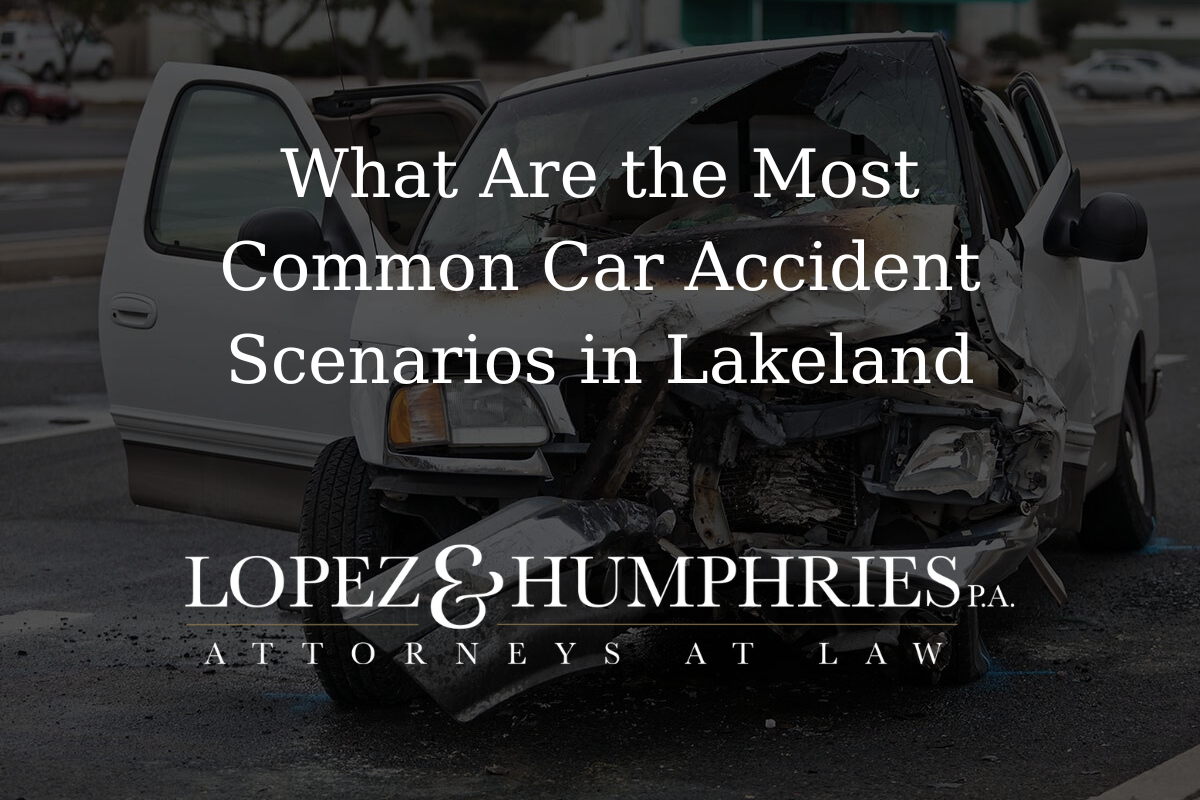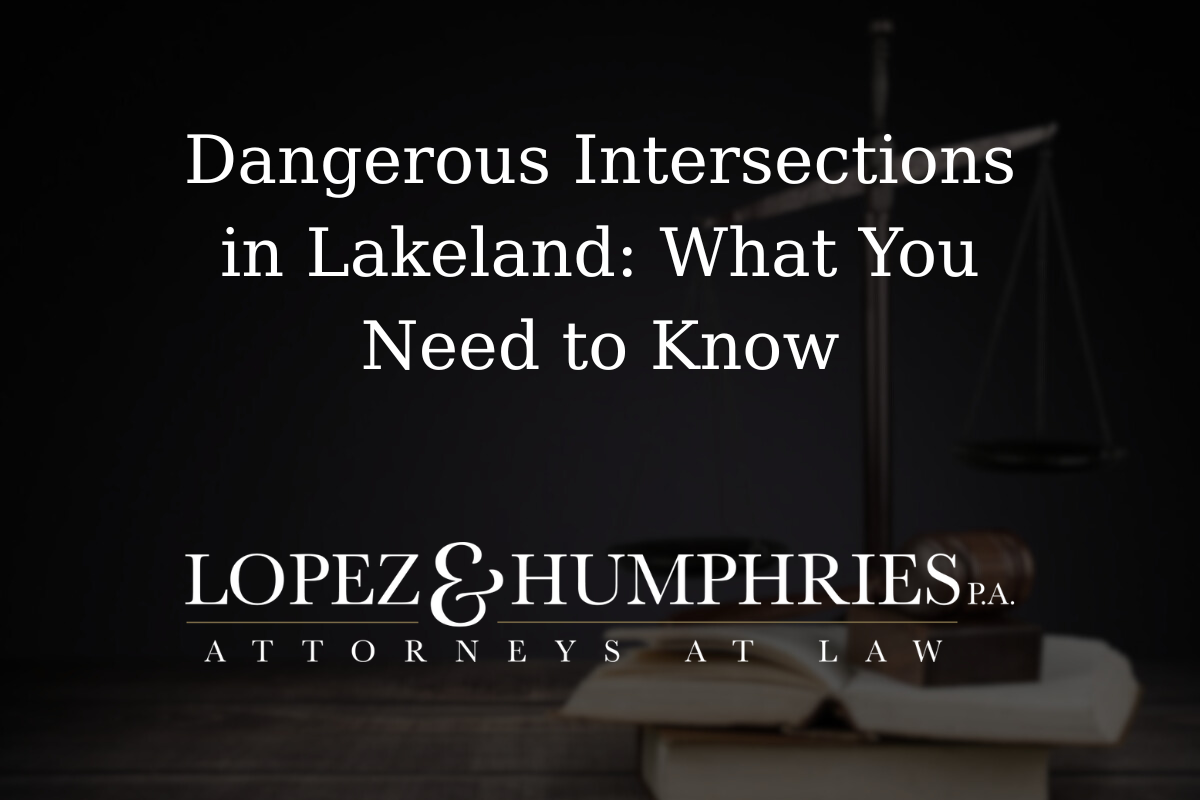If you have been injured in a car accident that was not your fault, you may be wondering what steps you can take to get compensated for your injuries. Determining whether the other driver was negligent is a key part of any personal injury case. Therefore, knowing what negligence is and how to identify it in a car accident is imperative. In addition, it is necessary to cover some of the most common defenses that drivers may use to try and avoid liability.
If you have been injured in a car accident that was not your fault, you may be wondering what steps you can take to get compensated for your injuries. Determining whether the other driver was negligent is a key part of any personal injury case. Therefore, knowing what negligence is and how to identify it in a car accident is imperative. In addition, it is necessary to cover some of the most common defenses that drivers may use to try and avoid liability.
If you are looking for a reliable and experienced personal injury attorney to help you with your car accident case, contact Lopez & Humphries, PA today. We have over years of combined experience and have obtained the best possible outcomes for our clients.
How to Identify Negligence in Car Accidents
Negligence is a legal theory that is used to hold people accountable for their actions (or inaction) when their careless behavior causes harm to others. In order to prove that someone was negligent, you must be able to show they owed you a duty of care, they breached that duty, you were injured as a result of that breach, and those injuries caused you to incur damages.
There are many different ways that a driver can breach their duty of care:
- Speeding
- Driving under the influence of drugs or alcohol
- Failing to yield the right of way
- Running a red light or stop sign
- Texting while driving
- Not using turn signals
- Making an illegal lane change
- Distracted driving
- Failing to check blind spots
These are just a few examples of actions that can constitute negligence.
The Plaintiff Must Have Suffered Measurable Losses
It is not enough to simply prove that the defendant was negligent. You must also be able to show that their negligence caused you to suffer some type of measurable loss. These losses are typically referred to as damages. Some examples of damages that can be awarded in a personal injury case include the following:
- Medical bills
- Lost wages
- Pain and suffering
- Loss of enjoyment of life
- Permanent disability
- Emotional distress
These are just a few examples of the types of damages that may be available in your case.
Common Defenses to Negligence Claims
Just because you were injured in a car accident does not mean that the other driver will automatically be liable. There are several defenses that drivers may use to try and avoid liability.
To begin with, many states have something called the comparative negligence rule. This rule allows defendants to apportion blame among all of the parties who were involved in an accident. For example, if a jury finds that you were 20 percent at fault for an accident, any damages that you are awarded will be reduced by 20 percent.
Another common defense is that the plaintiff assumed the risk of being injured by getting into a car. This defense is typically only used in cases where the plaintiff knew they were getting into a car with a driver who was intoxicated or otherwise impaired.
Finally, some defendants will try to argue that the plaintiff’s injuries were not caused by the accident, but by a pre-existing condition. This defense is often used in cases where the plaintiff has a history of back problems or other injuries.
Driving Under the Influence
One of the most common causes of car accidents is driving under the influence of drugs or alcohol. If you are injured in an accident caused by a drunk driver, you may be entitled to punitive damages. Punitive damages are designed to punish the defendant for their misconduct and deter others from engaging in similar behavior.
In order to prove that the driver was intoxicated, you will need to obtain a copy of the police report from the accident. The police report will typically contain the results of any field sobriety or breathalyzer tests that were performed on the driver. It will also usually contain the results of a blood or urine test.
If you are unable to obtain a copy of the police report, you may be able to get the driver’s blood or urine test results from the hospital where they may have been treated after the accident.
Get Legal Help
If you have been injured in a car accident, it is important to talk to an experienced personal injury attorney. An attorney can help you investigate the accident, gather evidence, and build a strong case. They can also negotiate with the insurance companies on your behalf and fight for the compensation that you deserve.
At Lopez & Humphries, PA, our experienced personal injury attorneys are here to help. We have represented many clients who have been injured in car accidents and we know what it takes to get the best possible outcome. Contact us today to schedule a free consultation. We will review your case and advise you of your legal options. Call us at 863-709-8500 or complete the online contact form below.










